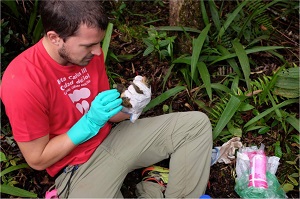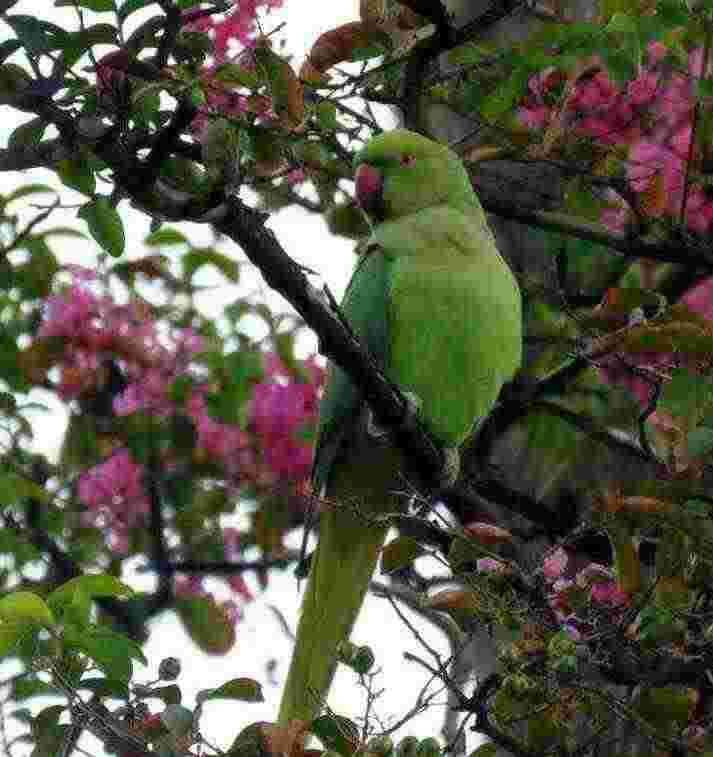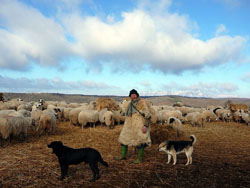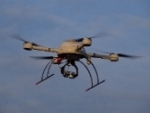Wildlife conservation has focused primarily on species for the last decades. Recently, popular perception and laws have begun to recognize the central importance of genetic diversity in the conservation of biodiversity. How to incorporate genetic diversity in ongoing monitoring and management of wildlife is still an open question.
The research team tested a panel of multiplexed, high-throughput sequenced introns in the small mammal communities of two UNESCO World Heritage Sites on different continents to assess their viability for large-scale monitoring of genetic variability in a spectrum of diverse species. To enhance applicability across other systems, the bioinformatic pipeline for primer design was outlined.
The number of loci amplified and amplification evenness decreased as phylogenetic distance increased from the reference taxa, yet several loci were still variable across multiple mammal orders.
Genetic variability found is informative for population genetic analyses and for addressing phylogeographic and phylogenetic questions, illustrated by small mammal examples here.
informacion[at]ebd.csic.es
Reference:
G. Forcina, M. Camacho-Sanchez, F.Y.Y Tuh, S. Moreno, J.A. Leonard. Markers for genetic change. Heliyon 7(1): e05583. DOI: 10.1016/j.heliyon.2020.e05583
Read full press release (Spanish)
https://www.sciencedirect.com/science/article/pii/S2405844020324269?via%3Dihub

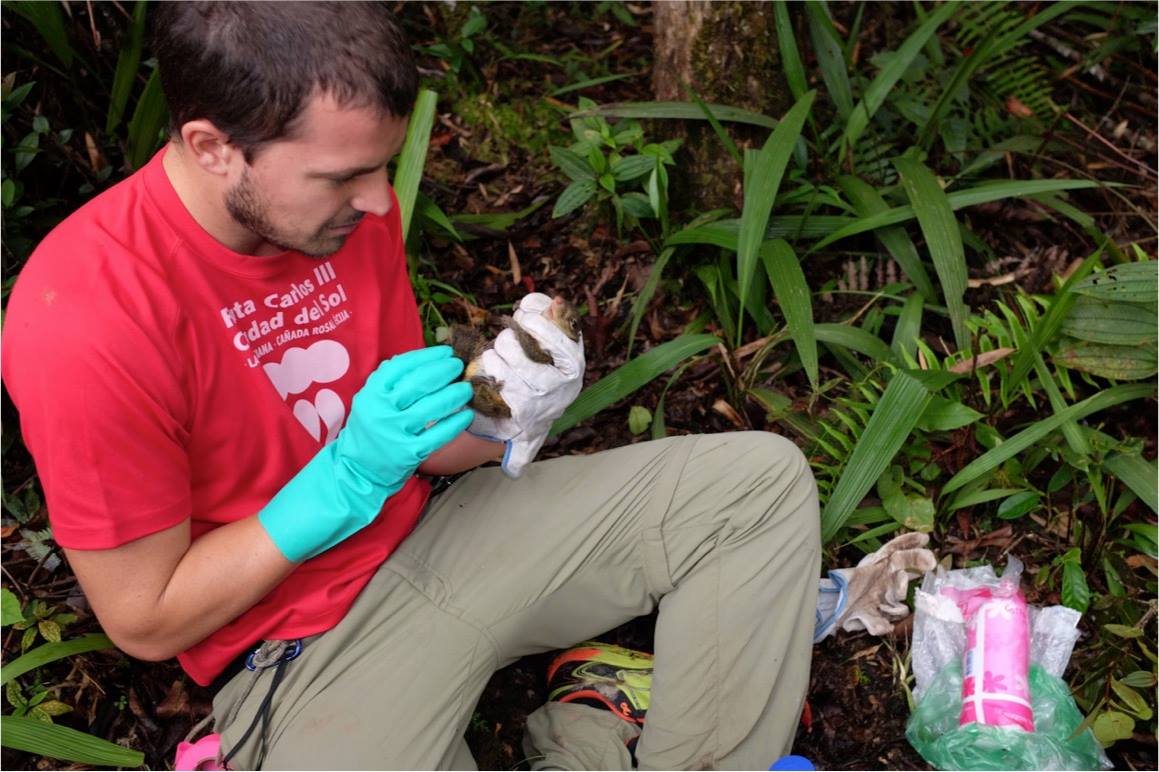
 The Biological Station of Doñana developes new molecular tools to measure biodiversity in protected areas
The Biological Station of Doñana developes new molecular tools to measure biodiversity in protected areas